Behind that wave is not only the efforts of individual designers, but also the formation of professional communities such as the Hanoi City Vietnamese Ao Dai Heritage Club.
Thanh Nien reporter had a conversation with designer Huong Beful, President of the Vietnam Ao Dai Heritage Club in Hanoi, to explain this trend from an industry perspective.
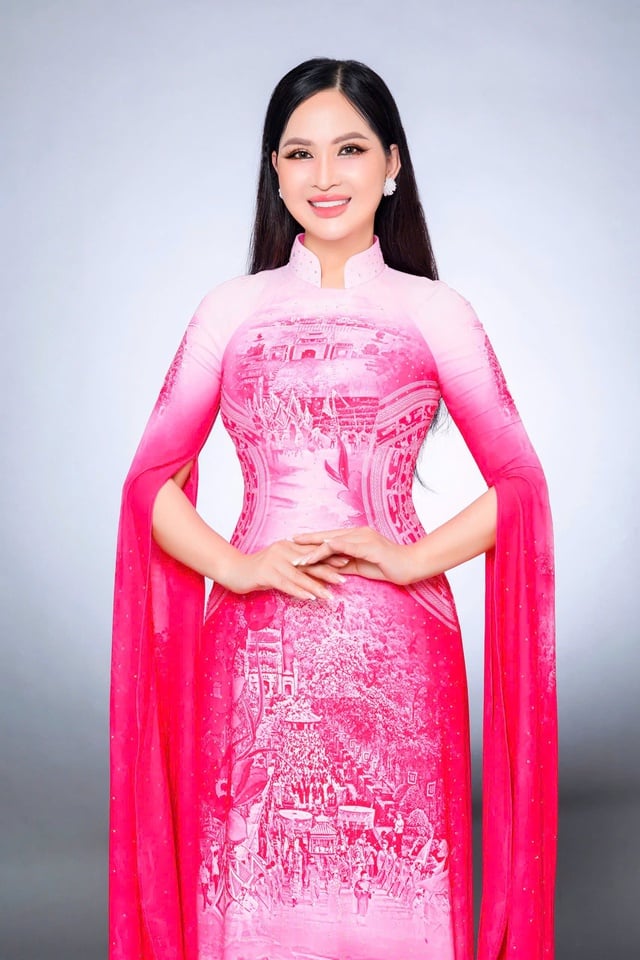
Designer Huong Beful in Ao Dai
PHOTO: NVCC
How do you evaluate the "rise" of Vietnamese traditional costumes in recent years? Is it a temporary trend or a signal for a sustainable cultural movement?
I think this is a sustainable movement. When young people start to look to ao dai, yếm, áo tắc… as part of their “lifestyle” and not just during festivals, it means that Vietnamese costumes are repositioning their role in modern life. The clearest signal is the rise of traditionally inspired collections at fashion weeks, the dense presence of Vietnamese costumes in music videos, and the way young designers proactively integrate ethnic elements into modern shapes. This does not come from a short-term movement, but reflects the need to find national identity in an age of information overload.
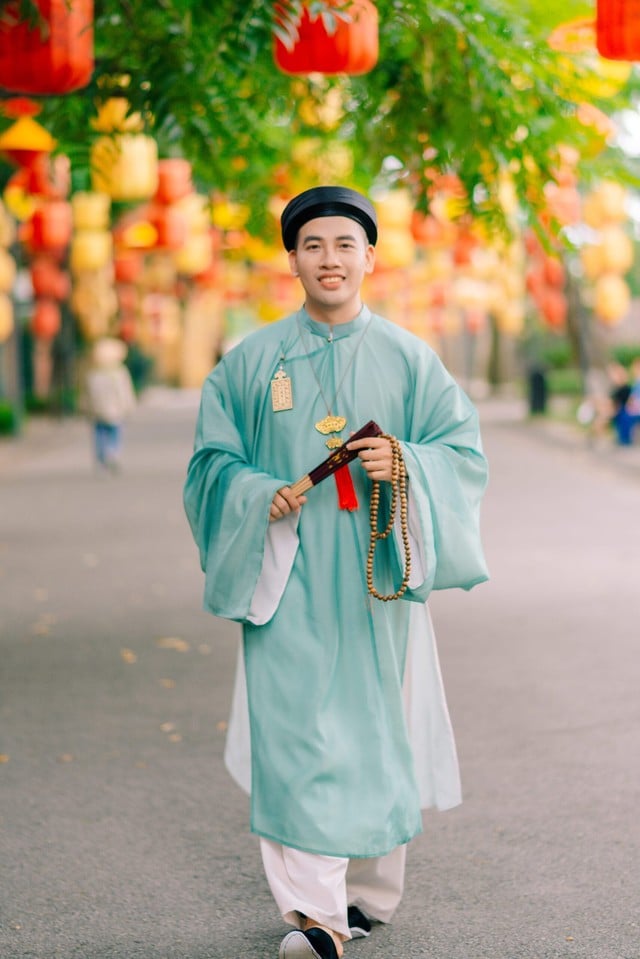
Vietnamese costume performance at Thang Long Imperial Citadel
PHOTO: VIETNAMESE CLOTHING HOANG THANH
So what is the biggest barrier to making Vietnamese traditional dress a popular fashion line?
Many people still see Vietnamese costumes - especially the ao dai - as a symbol of the past, something to "display" rather than "live with". This causes traditional designs to be confined to ceremonial and theatrical spaces. We have conducted a survey and found that many people love the ao dai but do not know how to wear it appropriately for everyday work.
The solution does not lie in "innovation at all costs", but in smart application: using friendly materials, reducing unnecessary details, combining modern techniques while still preserving the cultural soul. When convenience meets cultural emotions, Vietnamese costumes will naturally become an everyday choice.
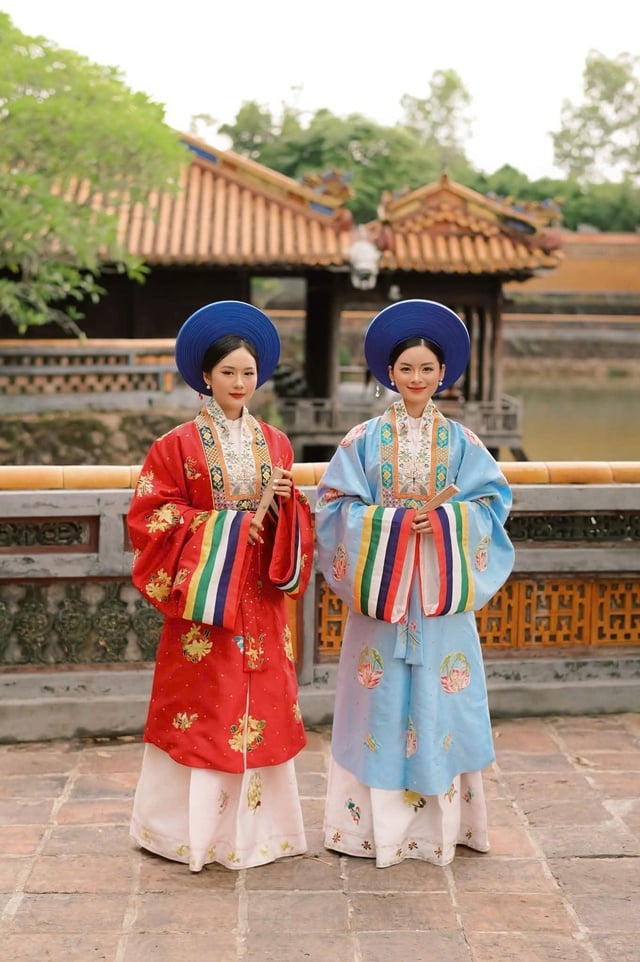
Vietnamese costume performance in Hue
PHOTO: ROYAL PALACE
As President of the Hanoi City Vietnamese Ao Dai Heritage Club, how do you view the role of community organizations in this process?
In fact, the sustainable development of a cultural movement cannot rely on an individual, no matter how great the designer, but must have the formation of an organized professional community. The Hanoi City Vietnamese Ao Dai Heritage Club is such an effort.
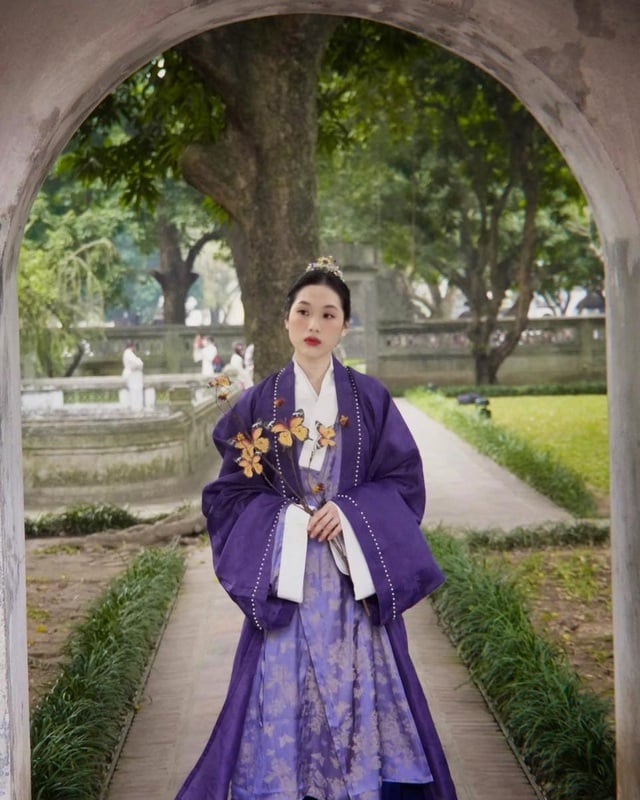
Vietnamese costume at Quoc Tu Giam (Hanoi)
PHOTO: DONG CREATIVE
We have nearly 100 members, including designers, artists, cultural managers, businessmen... with a common goal: to create a creative ecosystem around Vietnamese traditional dress. Here, members not only organize domestic and international exchange programs, but also practice and inspire with their own life stories - wearing Ao Dai to work, go out, perform, teach...
The Hanoi Ao Dai Heritage Club has become a space to experiment with ideas such as: "Ao Dai for young students", "Ao Dai combined with recycled materials", or "Vietnamese costumes and 3D scanning technology". When there is enough creative foundation and supporting ecosystem, Vietnamese costumes can escape the prejudice of "only for the stage".
Thank you.
Source: https://thanhnien.vn/nhu-cau-tim-ve-ban-sac-dan-toc-18525071222492133.htm



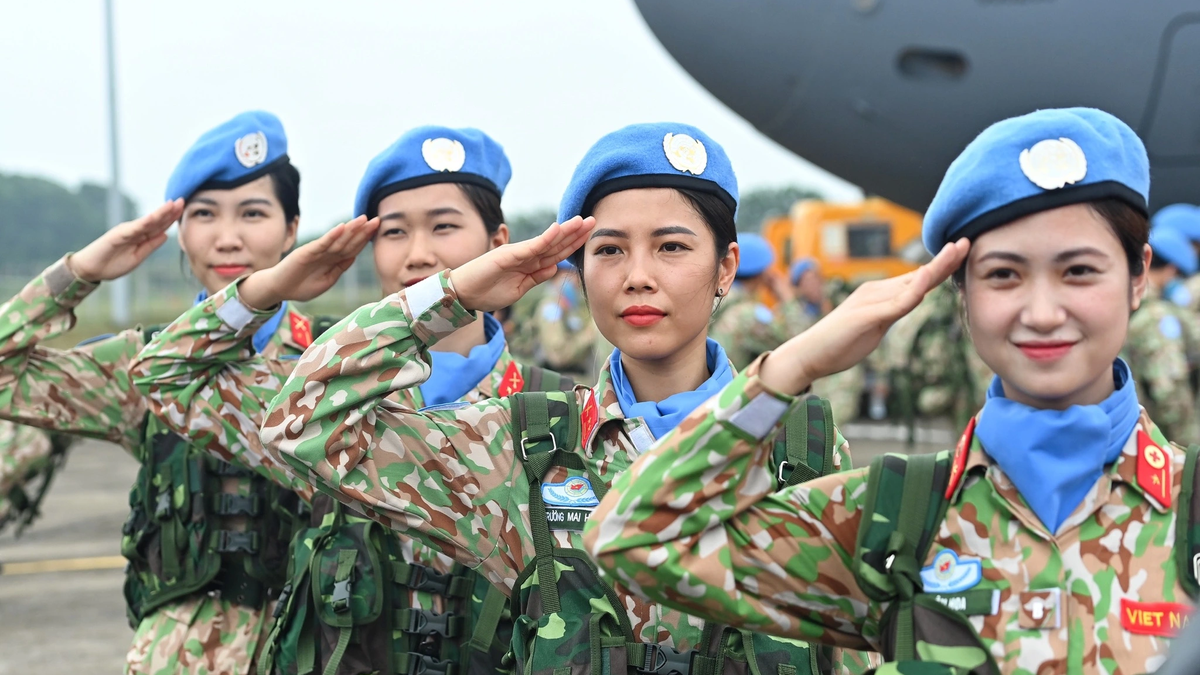
![[Photo] President Luong Cuong receives Speaker of the New Zealand Parliament Gerry Brownlee](https://vphoto.vietnam.vn/thumb/1200x675/vietnam/resource/IMAGE/2025/8/29/7accfe1f5d85485da58b0a61d35dc10f)
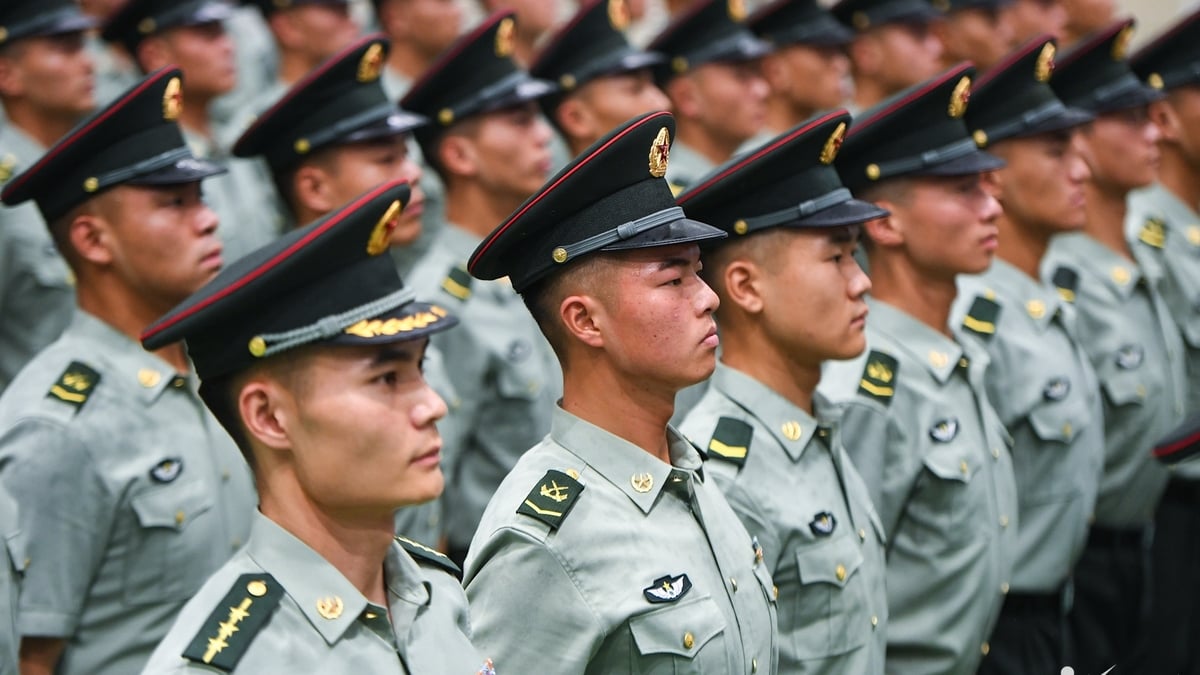
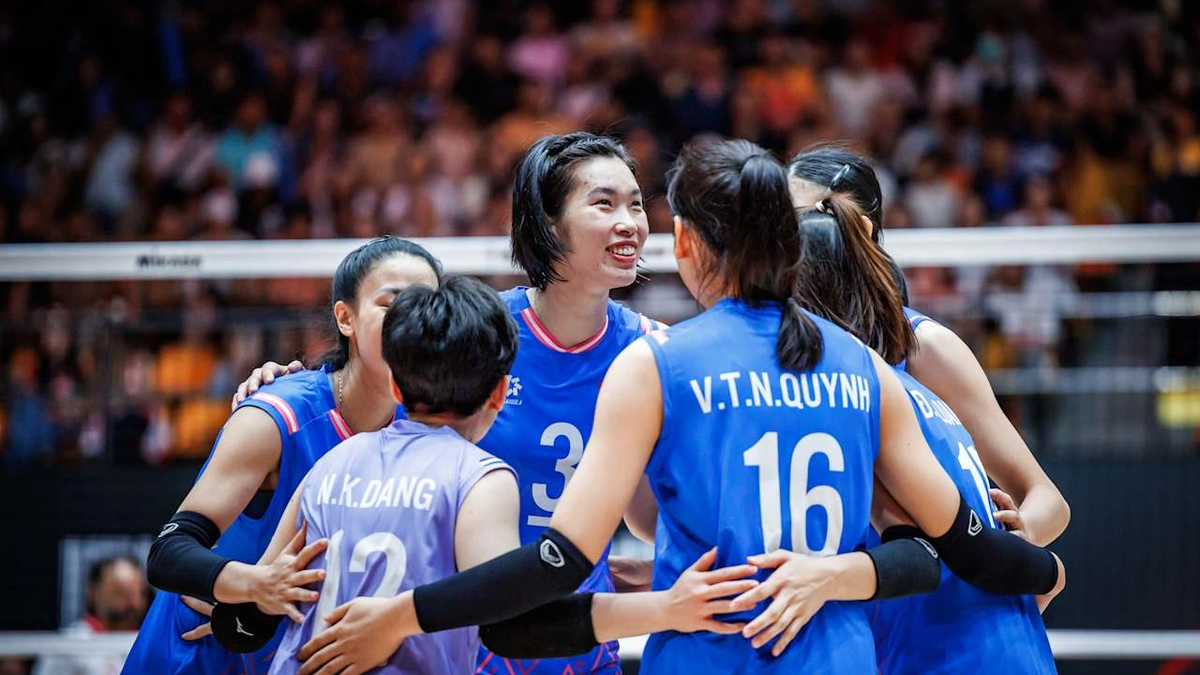
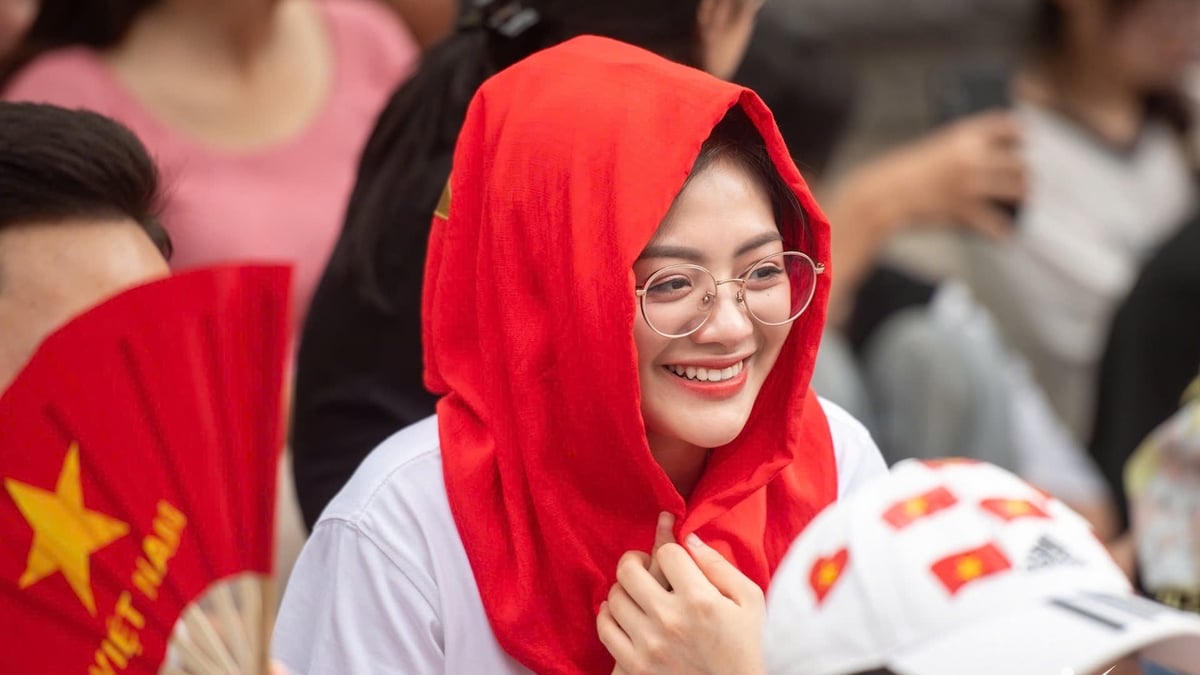
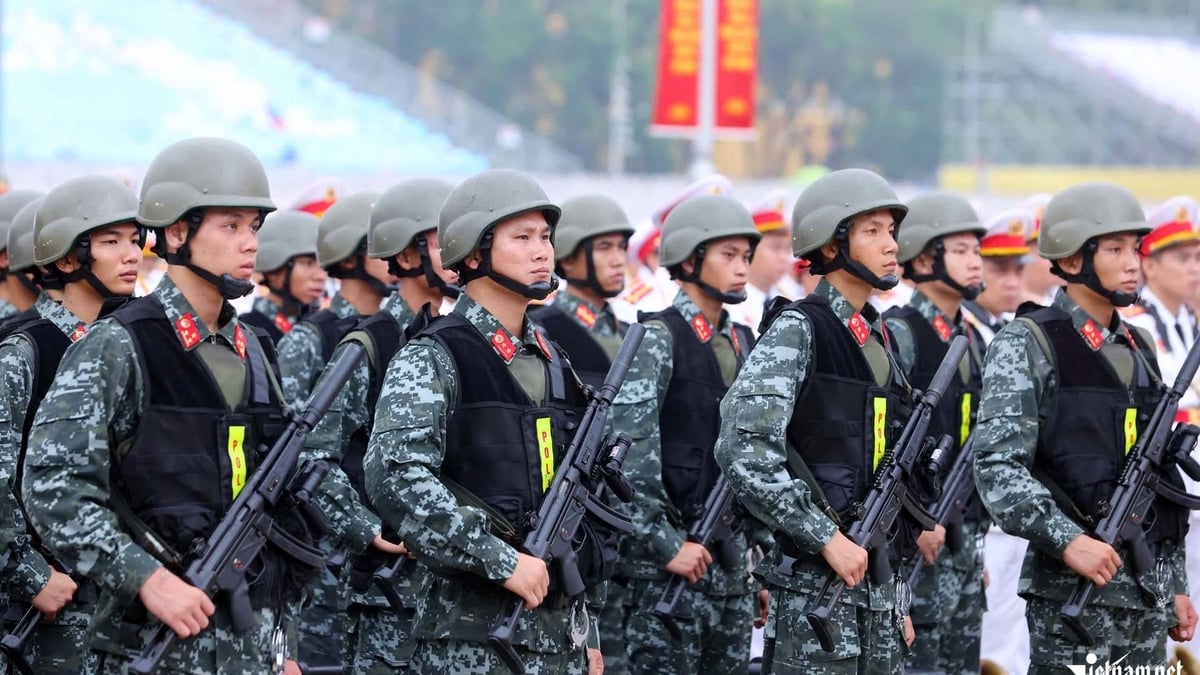
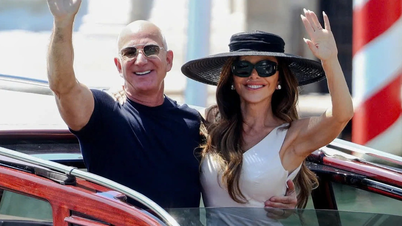

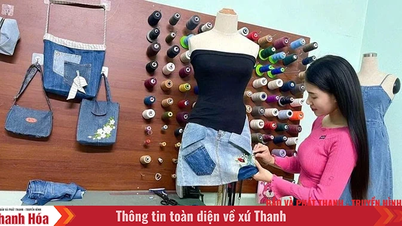






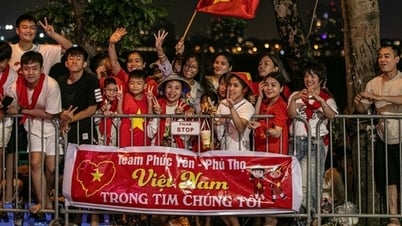

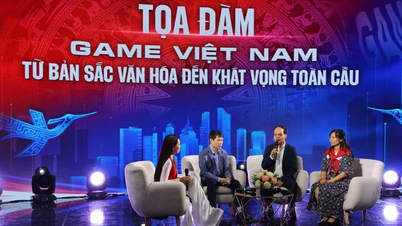

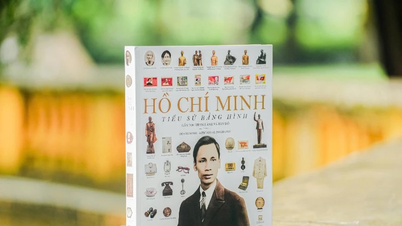

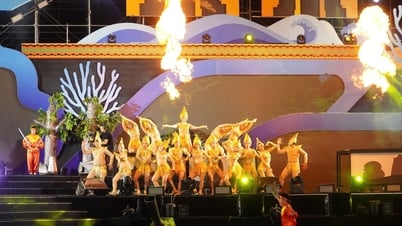

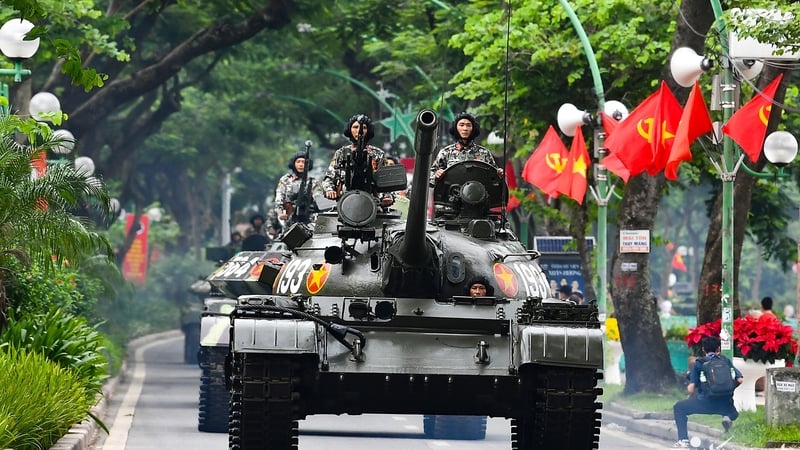



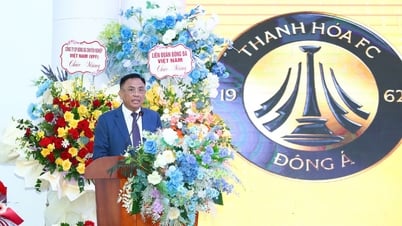

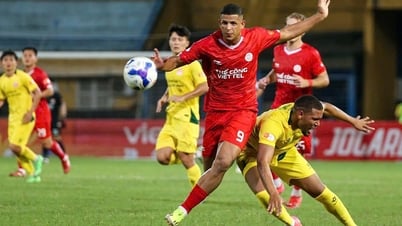
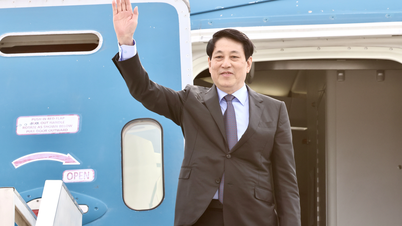


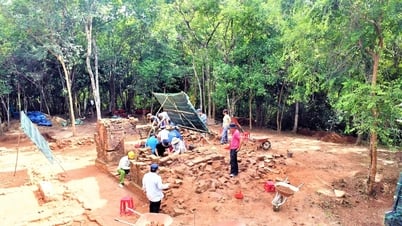

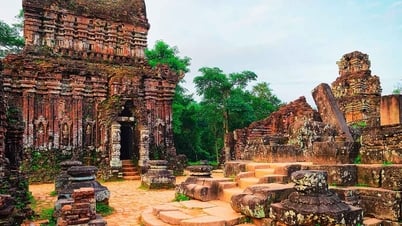

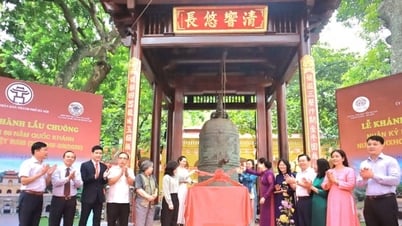



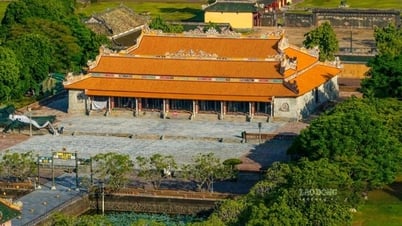
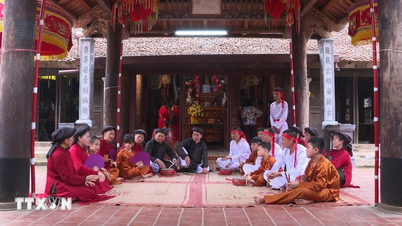

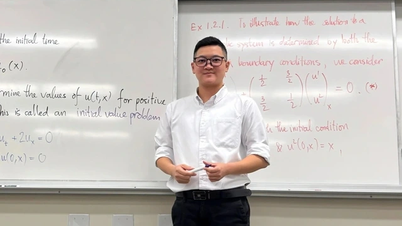
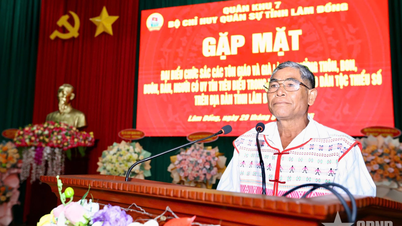

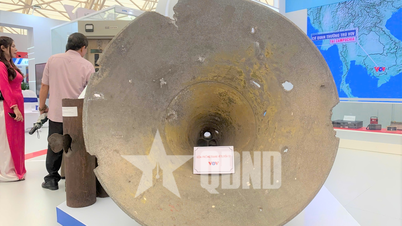

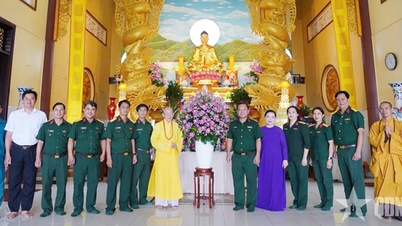
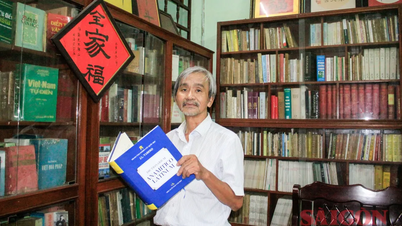



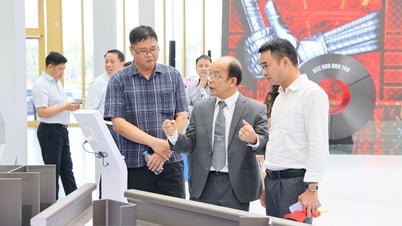

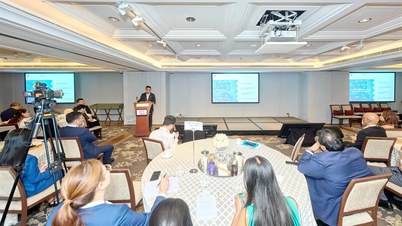
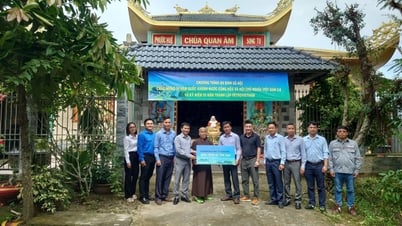
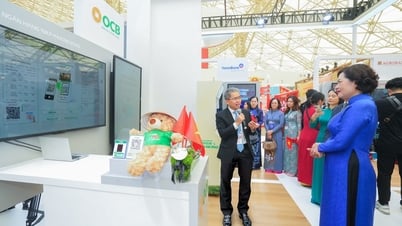

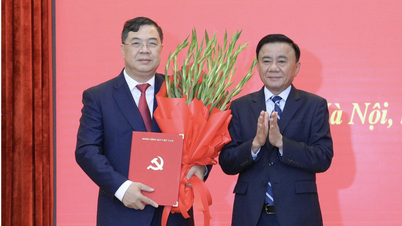
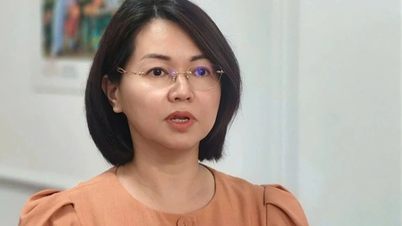
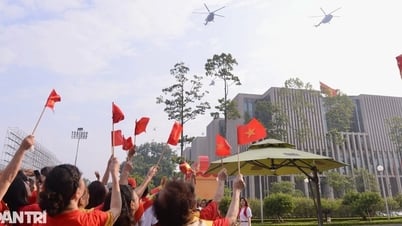
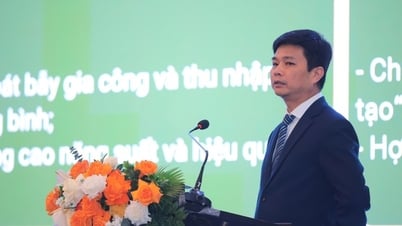


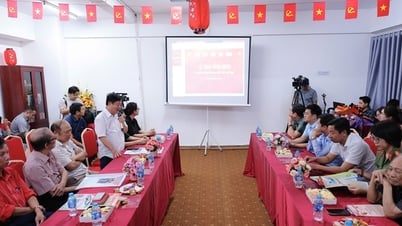
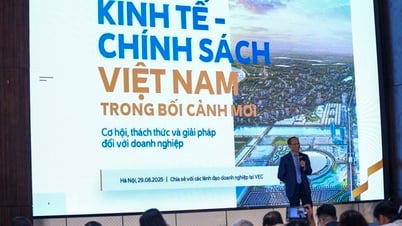
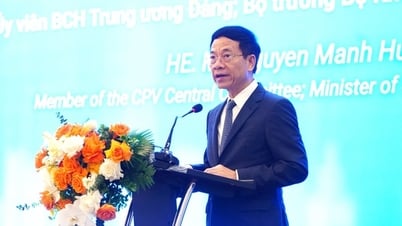

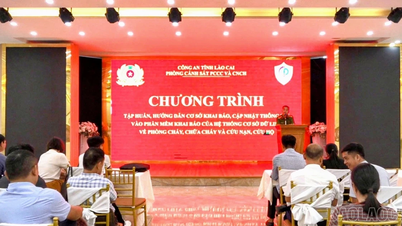

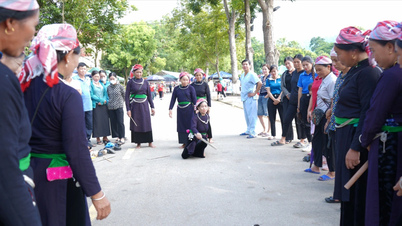


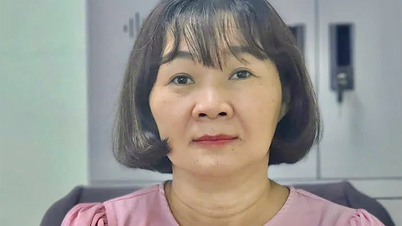

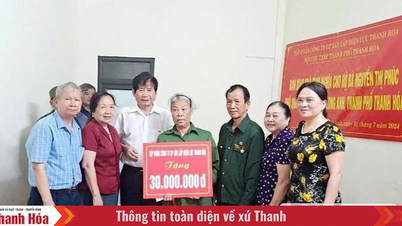
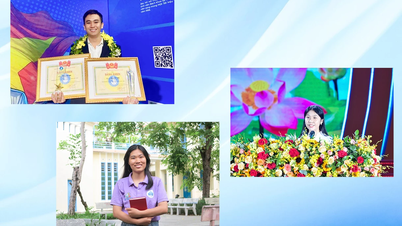
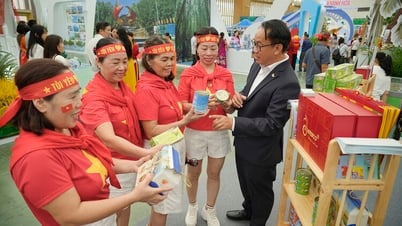


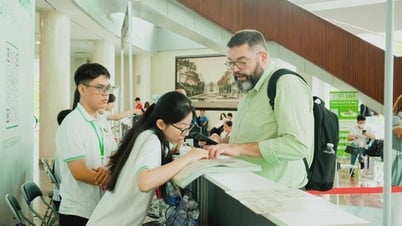
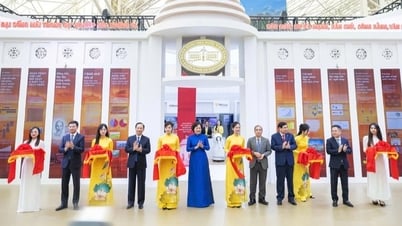
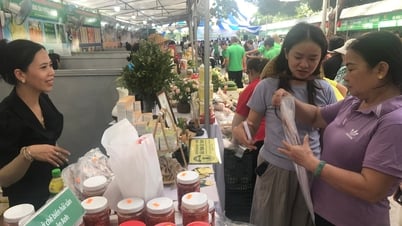



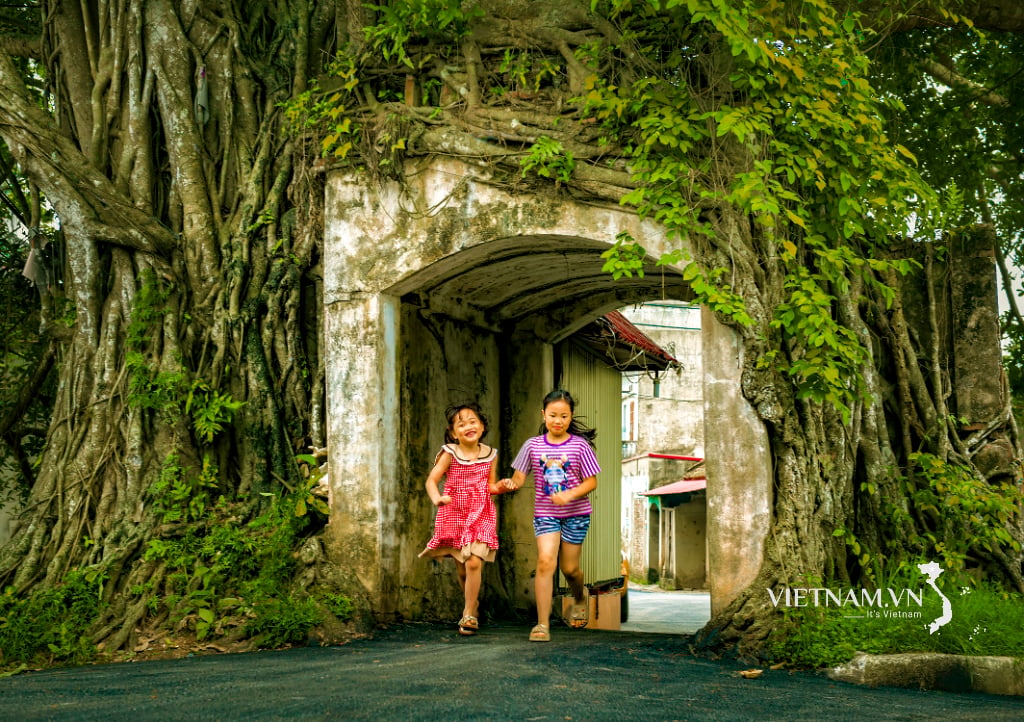
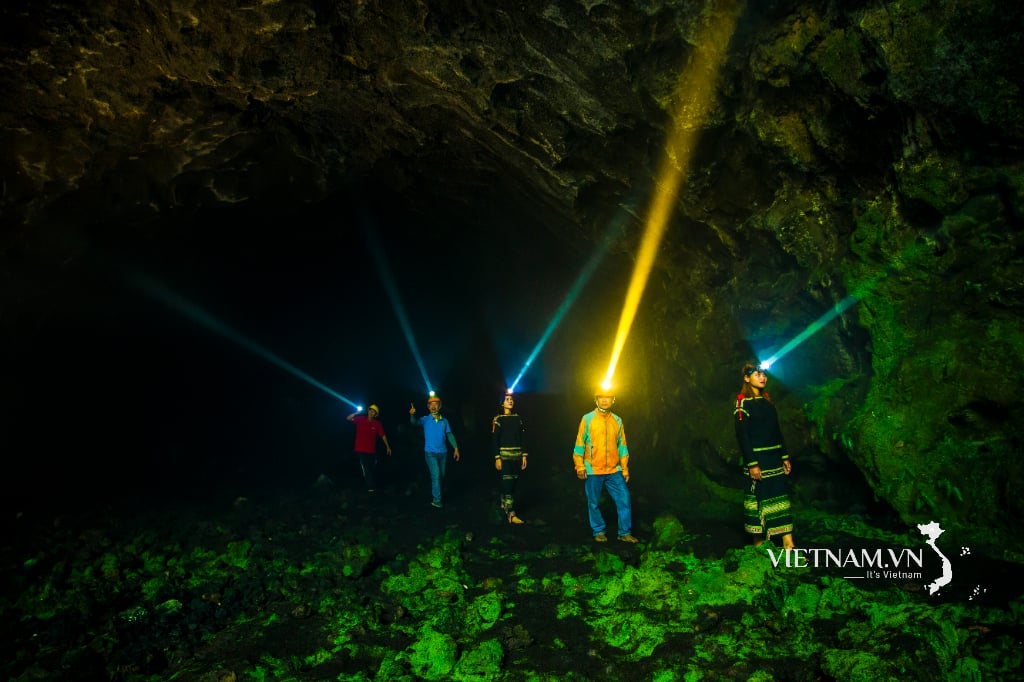
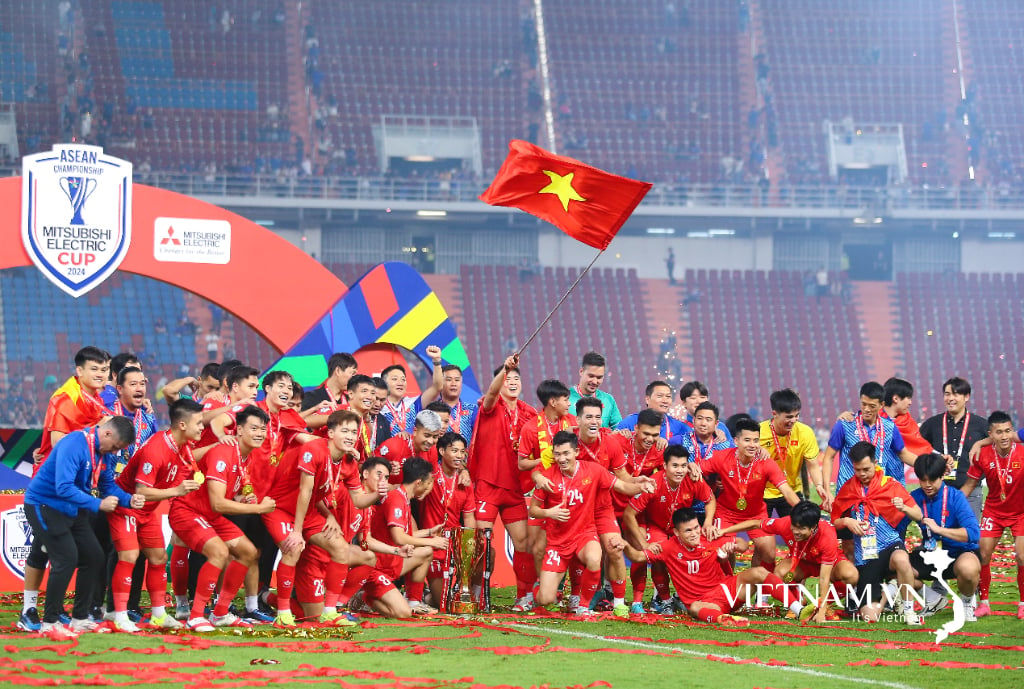
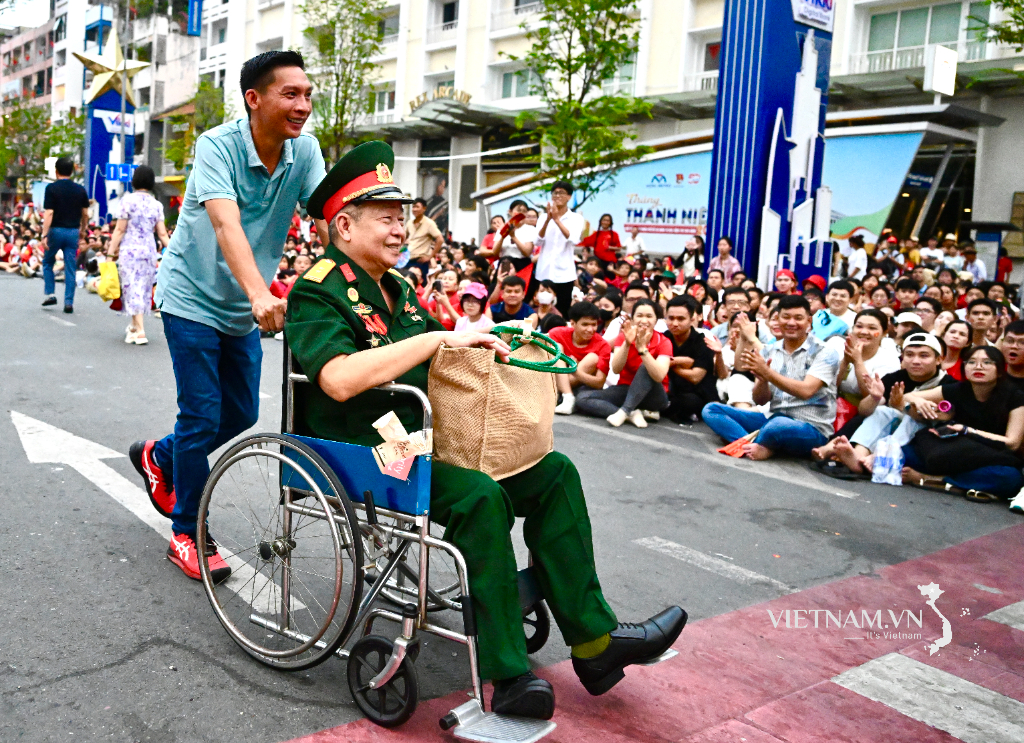
Comment (0)